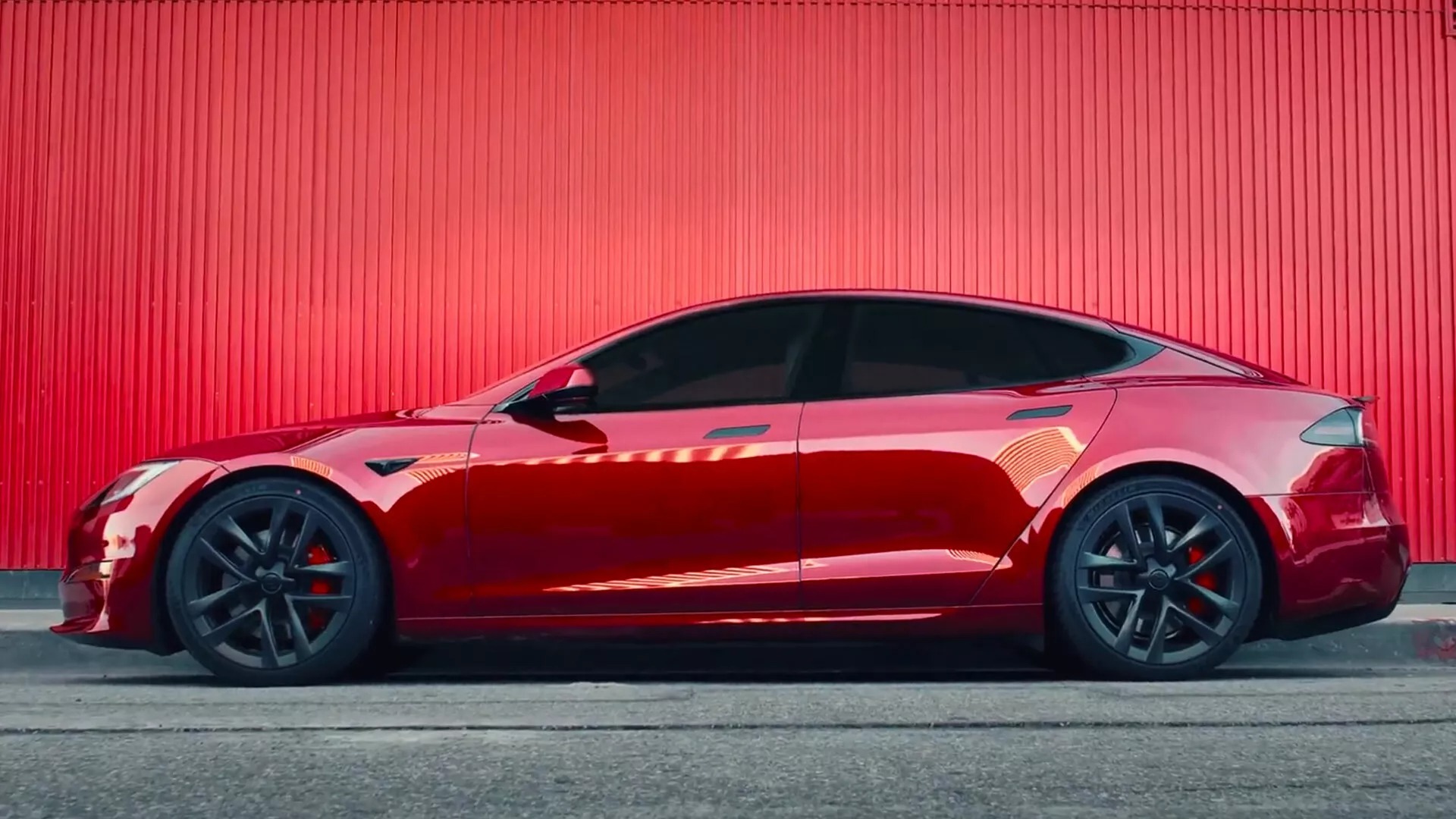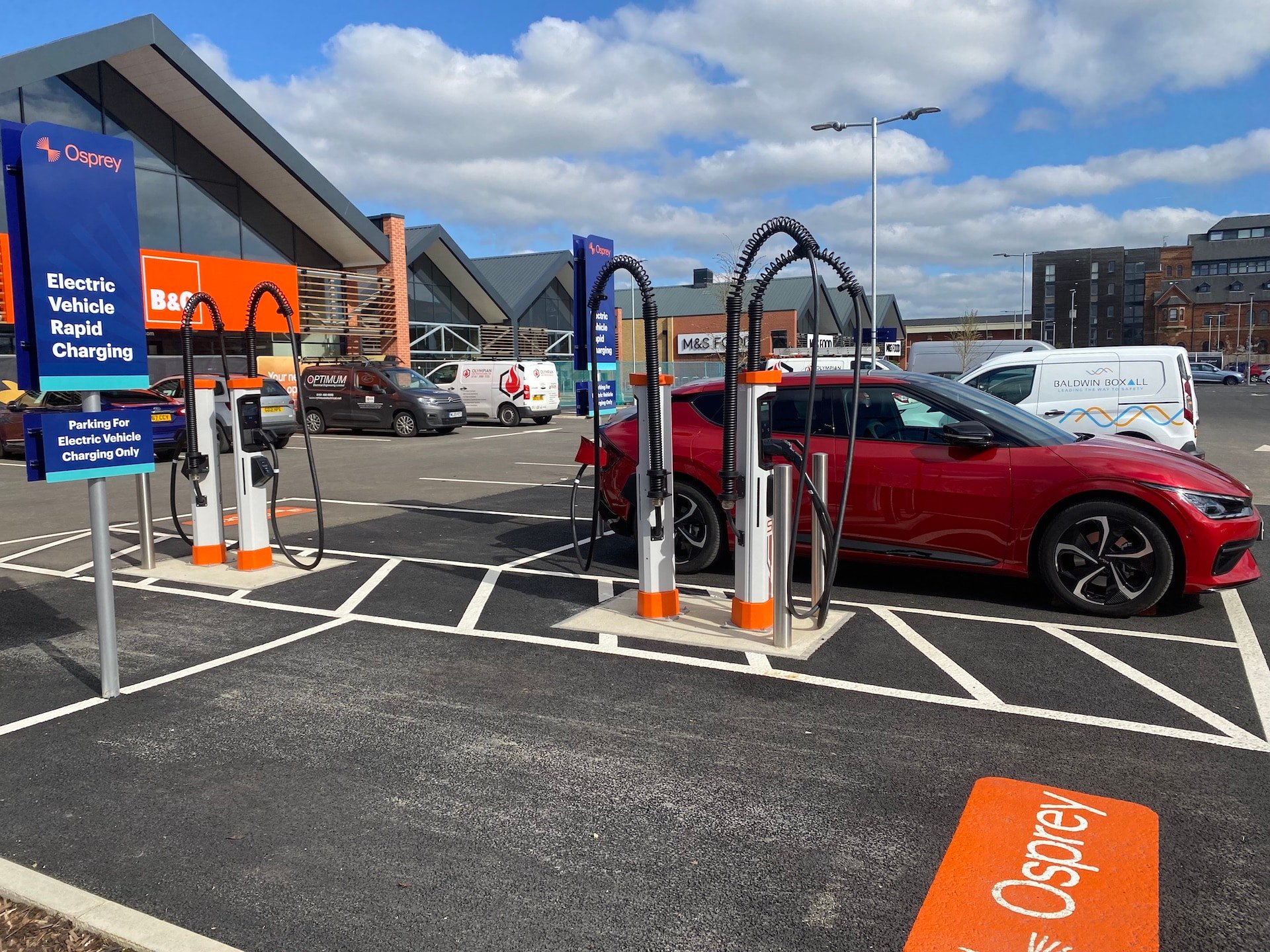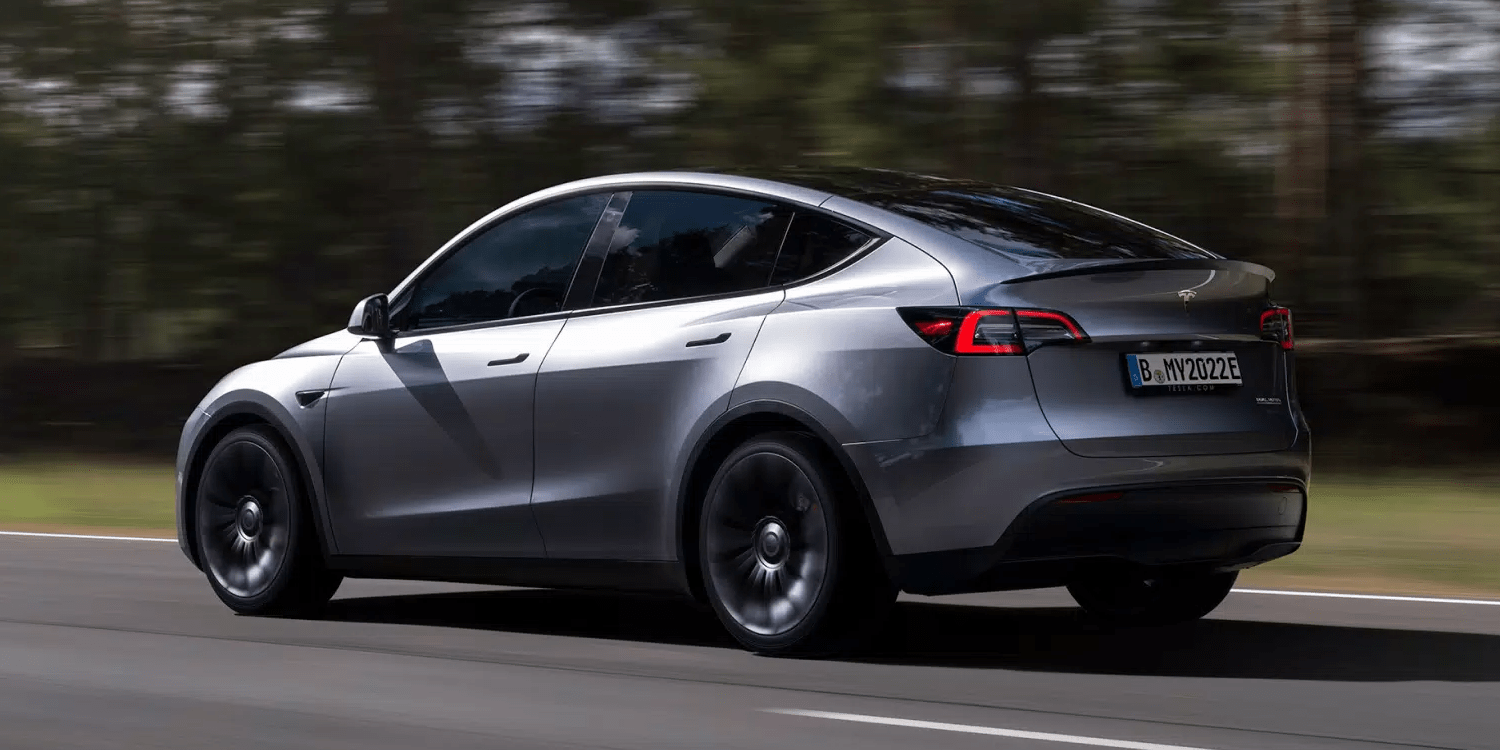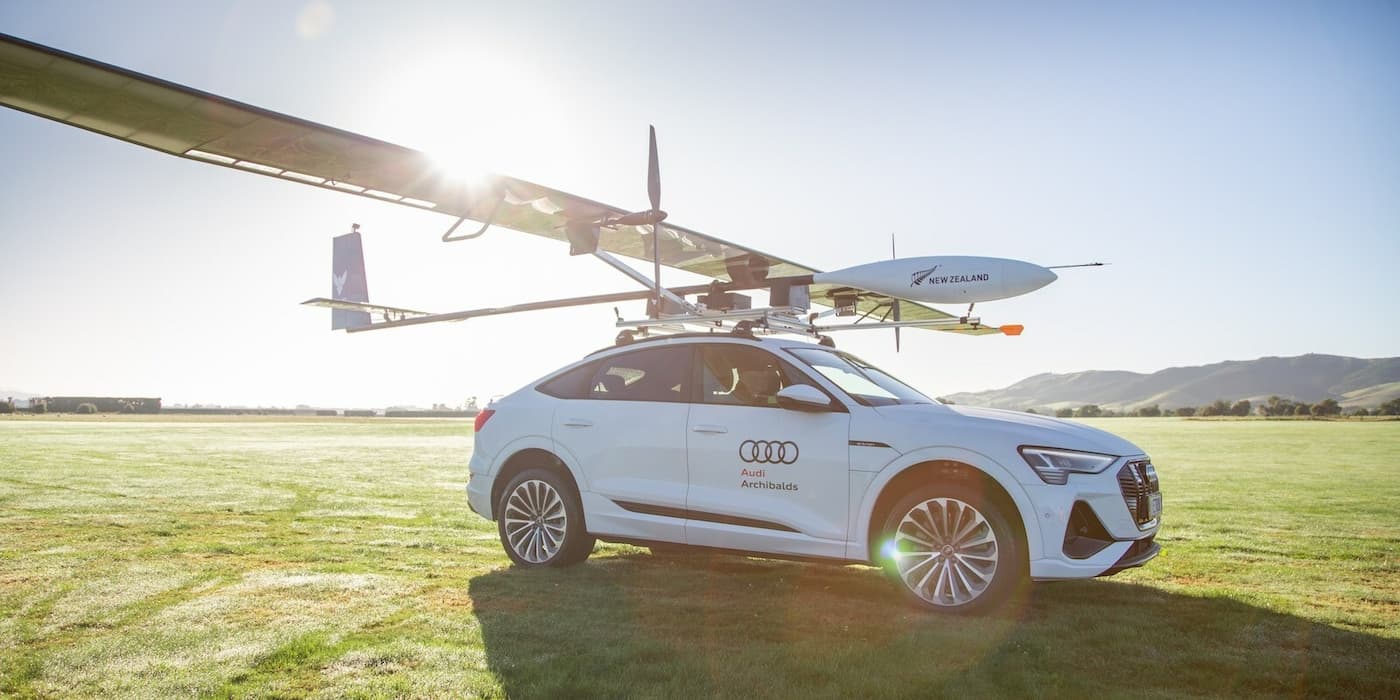As the world works towards a sustainable future, the United States seems to be on track to achieve a significant milestone in the auto industry. By 2050, it is projected that 75% of vehicles in the United States will be electric, largely thanks to the states that have followed California’s lead in banning the sale of internal combustion engine (ICE) vehicles by 2035.
A report from Energy Innovation, an energy and climate policy think tank, highlights the impact that the 17 states which have already adopted California’s emissions regulations could have on the U.S. car industry. The report notes that if these states follow California’s move to only allow zero-emission vehicles (ZEVs) by 2035, more than 239 million vehicles on American roads could be electric by 2050.
While states like Virginia and Massachusetts automatically adopt new vehicle standards, most other states require agency or legislator approval for new rules to be implemented. California’s Advanced Clean Cars II rule, which requires 35% of all new car sales to be for ZEVs by 2026, with 100% by 2035, is already being adopted by eight of the states that follow California’s tailpipe emissions rules. Colorado is partially adopting the rule, aiming for 82% ZEV sales by 2032, but has not yet committed to a year where 100% of sales will need to be ZEVs.
Maryland, Massachusetts, New Jersey, New York, Oregon, Vermont, Virginia, and Washington have committed to adopting the ACC II rules, according to Auto News. If the remaining states were to follow suit, the report suggests that the adoption of California’s rules could reduce U.S. emissions by 1.31 billion metric tons of carbon dioxide-equivalent pollutants by 2050. This is equivalent to the greenhouse gas emissions of 13 coal plants operating through 2050 or more than 282 million gasoline-powered vehicles driven for one year.
Furthermore, the report notes that the adoption of ZEVs could lead to $230 in annual savings per household, generate 300,000 jobs by 2050, and prevent 160,000 asthma attacks and 5,000 deaths by 2050. This shows that the shift towards electric vehicles not only has environmental benefits, but also has significant economic and health benefits for individuals and society as a whole.
In conclusion, the United States is making significant strides towards a sustainable future by adopting California’s emissions regulations and moving towards a future where electric vehicles dominate the auto industry. By working together and adopting new vehicle standards, the country can achieve significant reductions in emissions, while also generating economic benefits and improving public health.







